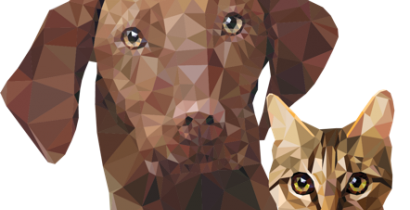FEEDING
Ticks are obligate blood feeders. All active stages require blood as a source of nutrition and, in the case of adults, for sperm or egg production. Because of the mechanical processes and salivary secretions associated with blood feeding, the tick-host parasitic interaction is complex.
Parasite-Host Interaction
Host Seeking
Blood Feeding
Salivary Secretion
References
Further Reading
PARASITE-HOST INTERACTION
Some tick species are specialists – they are host-specific and only feed on defined hosts; like the cattle tick Boophilus microplus, which is a one host tick, with all development stages feeding and developing on the same host.
However, many ticks are generalists and feed opportunistically. For example, Amblyomma americanum feeds on mammals, birds and reptiles (Sonenshine, 1991) and similarly, Ixodes ricinus is known to have a wide host-spectrum. Also, the most relevant ticks for companion animals are three-host-ticks, with each developmental stage finding a new host. This wide host spectrum forms a reservoir for tick-borne diseases, including the risk to transmit new pathogens, that has not been reported before to a host.
A contact between ticks and hosts is regulated by at least 5 conditions. They consist of seasonal and daily effects (abiotic parameters) like day length, temperature, humidity. The rest includes biotic parameters as biological processes within the tick, the biological processes within the host and interactions between the two.
EXPLORE OUR CONTENT
 CVBD MapsThe CVBD Occurence World Map presents country-specific situations based on current scientific knowledge and feed-back from experts around the world in an easy-to-grasped way. |
| Read more-> |
 ResourcesElanco Animal Health supports education in parasitology and especially in the field of vector-borne diseases. Access image collections, discover the World Forum calendar, interesting links and our glossary. |
| Read more-> |
 CVBD World ForumThe CVBD World Forum is a working group of leading international experts with the mission to enhance knowledge and communication on companion animal vector-borne diseases for the improvement of animal, human, and environmental health. |
| Read more-> |
